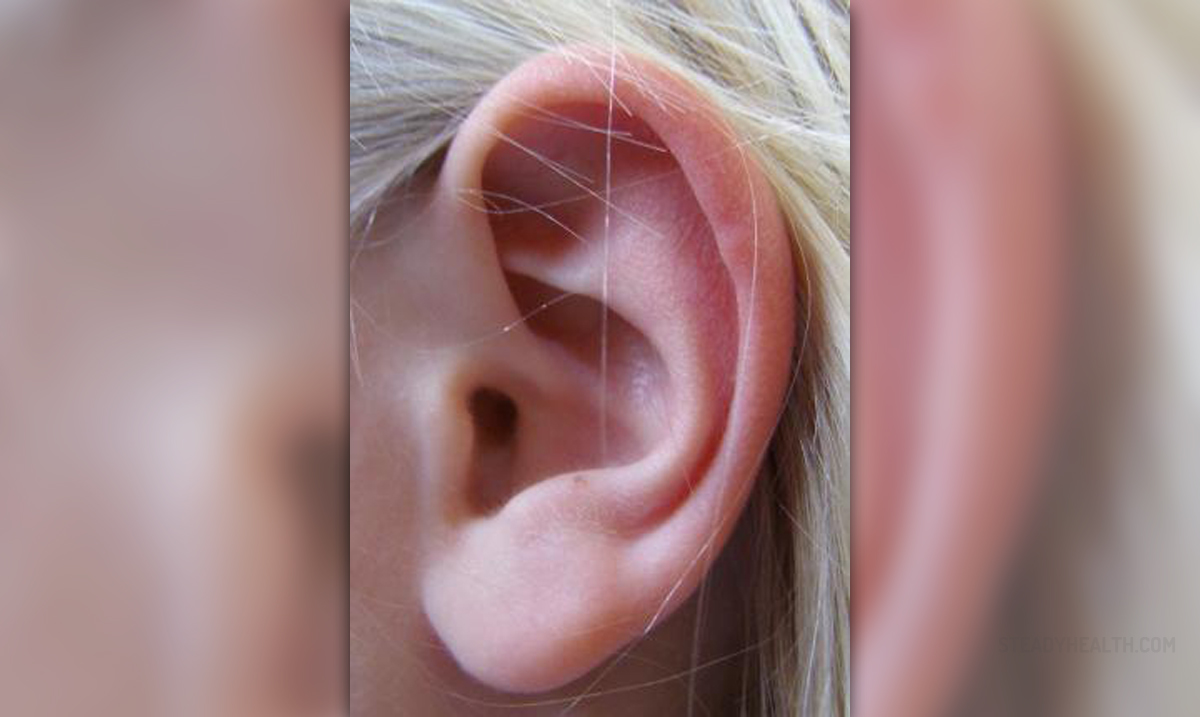
Earwax blockage occurs when the wax or cerumen, which is normally present in the ear, accumulates and becomes too thick or hard to be washed away naturally. Earwax is a part of the defense mechanism as it protects the inner ear from dirt particles and bacteria. Some people suffer more often from earwax blockage, although it is not clear why.
Causes and symptoms of earwax blockage
The wax in the ears is secreted by the oil glands in the skin lining ear. In most people the wax makes its way outside every day and it is replaced by new wax. However, in some people the glands secrete more wax , it gets accumulated inside the ear and blocks the channel. Blockage may also occur when a person picks at the ear or places a cotton swab in it. The swab and similar items just push the wax back in and the accumulation becomes thicker and harder, thus more difficult to expel.
The symptoms of earwax blockage include a feeling of fullness in the ear, earache, tinnitus or ear noise and decreased hearing in the affected ear.
Treatments, drugs and remedies
The safest way to unblock a clogged ear is to have it done by a doctor, otherwise there may be damage to the eardrum and possibly an infection. After hearing the symptoms, he or she will examine the ear using an instrument called otoscope. If the problem is indeed caused by earwax blockage, the doctor may flush the ear with a syringe filled with warm water, with a water pick or with a small curved instrument called curette.
For some people, earwax blockage is a recurring problem and in that case doctors usually prescribe ear drops based on carbamide peroxide as prevention. These drops may irritate the eardrum so they should be used sparingly and only when advised by a doctor.
For healthy ears, that are not infected, operated on and that do not have a hole in the eardrum, some self-care measures can be done at home.
For example, some baby oil, mineral oil or olive oil can be placed in the ear with an eyedropper, to soften the wax, which makes it easier to expel. This should be repeated twice a day for no longer than five days. Hydrogen peroxide can be used instead of oil.
After the earwax is softened, a rubber-bulb syringe filled with warm water can be used for irrigation, but this must be done very gently, with head tilted sideways and the outer ear pulled up so the ear canal is straight.
Ear canal should always be dry. For this purpose, it is best to use a blow dryer on low heat.
This procedure should be followed until all the excess earwax comes out and every time a person feels the wax may be accumulating and forming a blockage.
Wax should never be dug out or picked at with sharp objects. Using ear candles is not recommended.


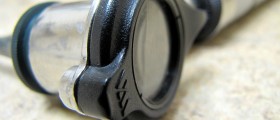




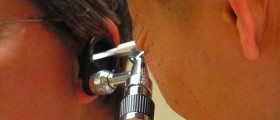
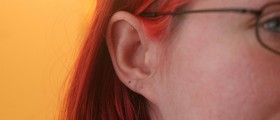







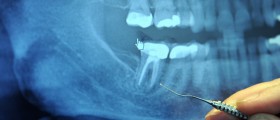
Your thoughts on this
Loading...